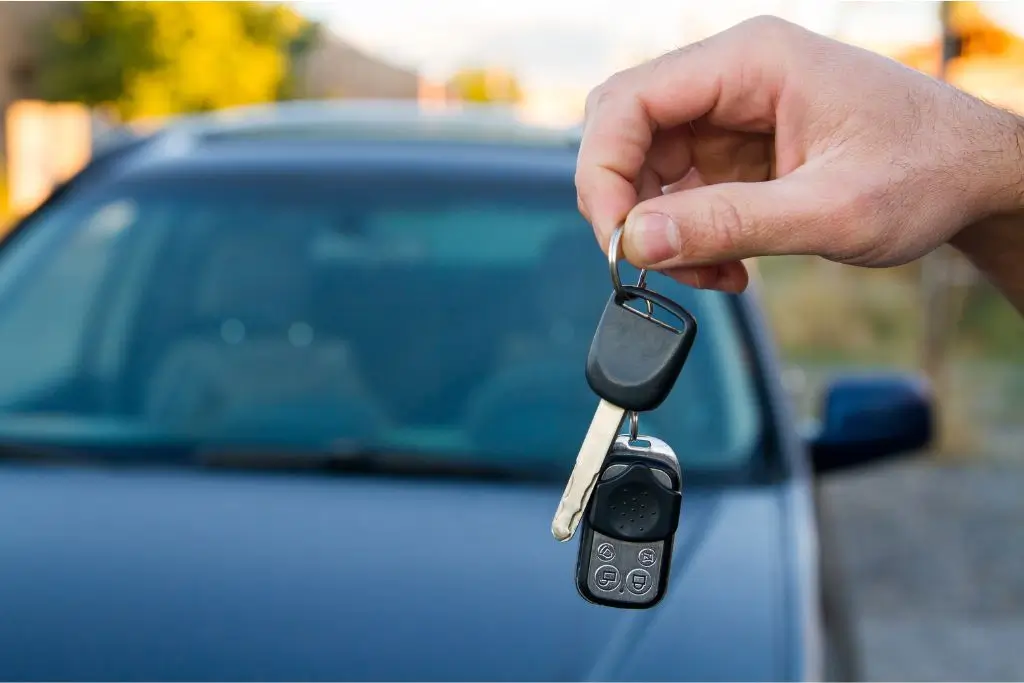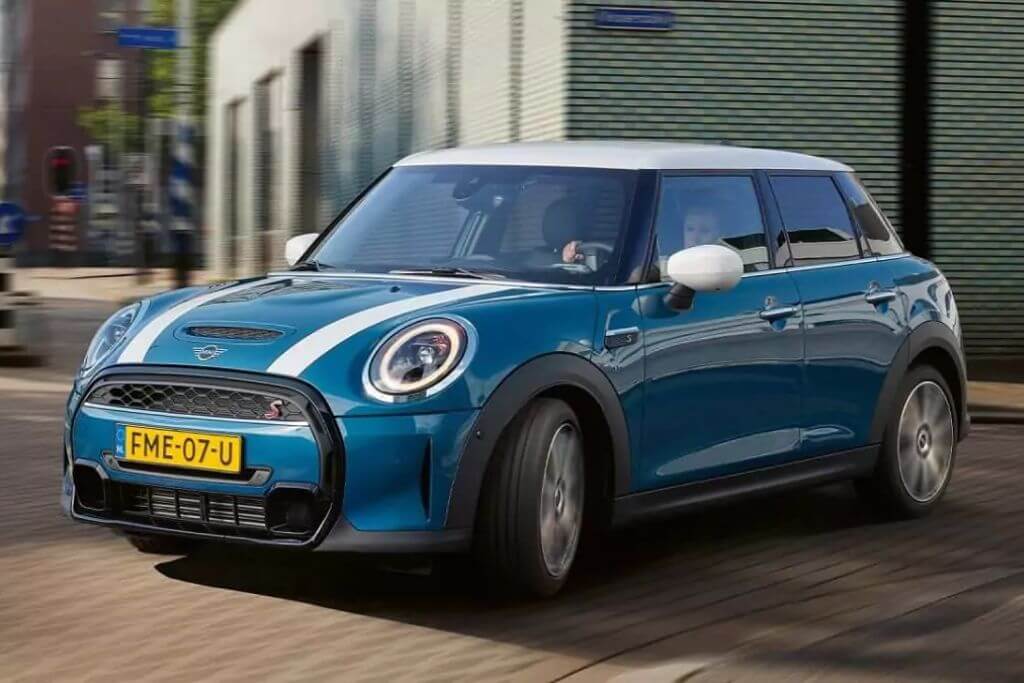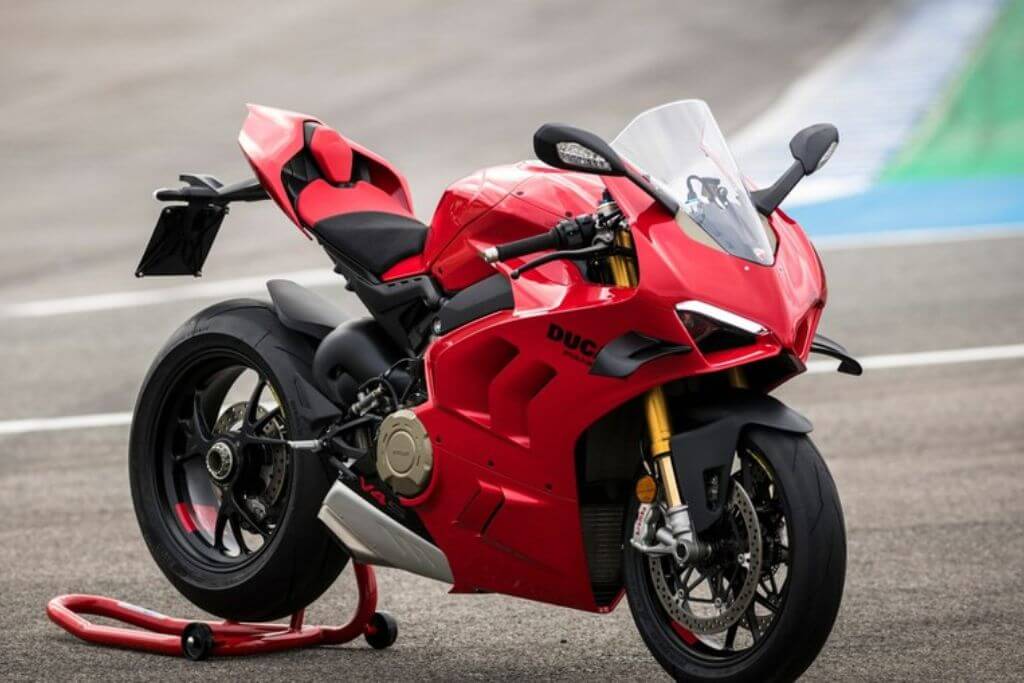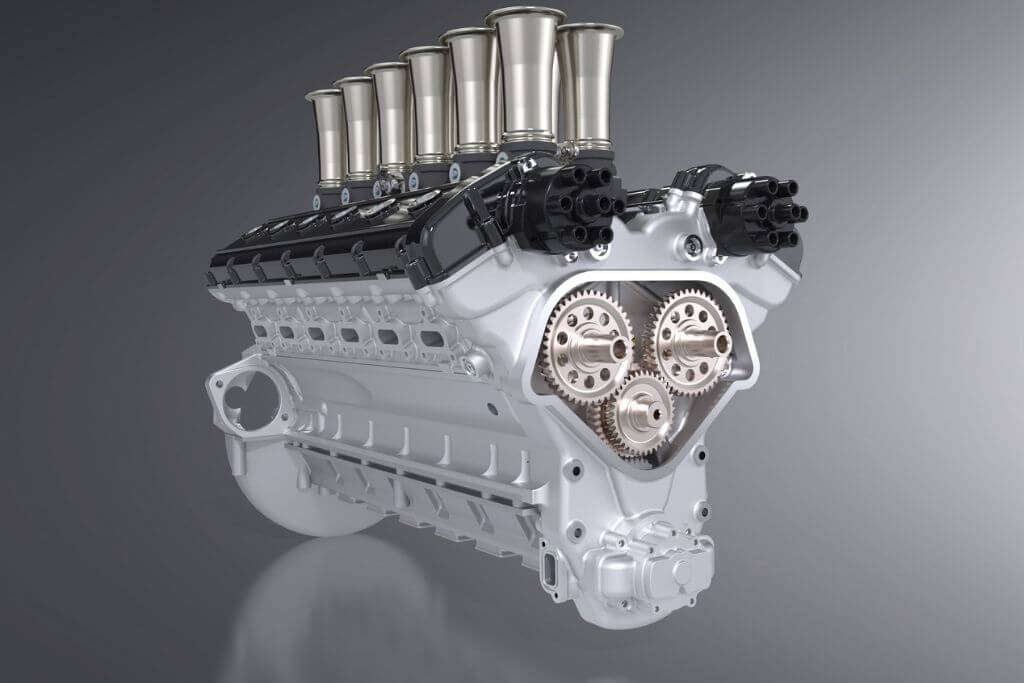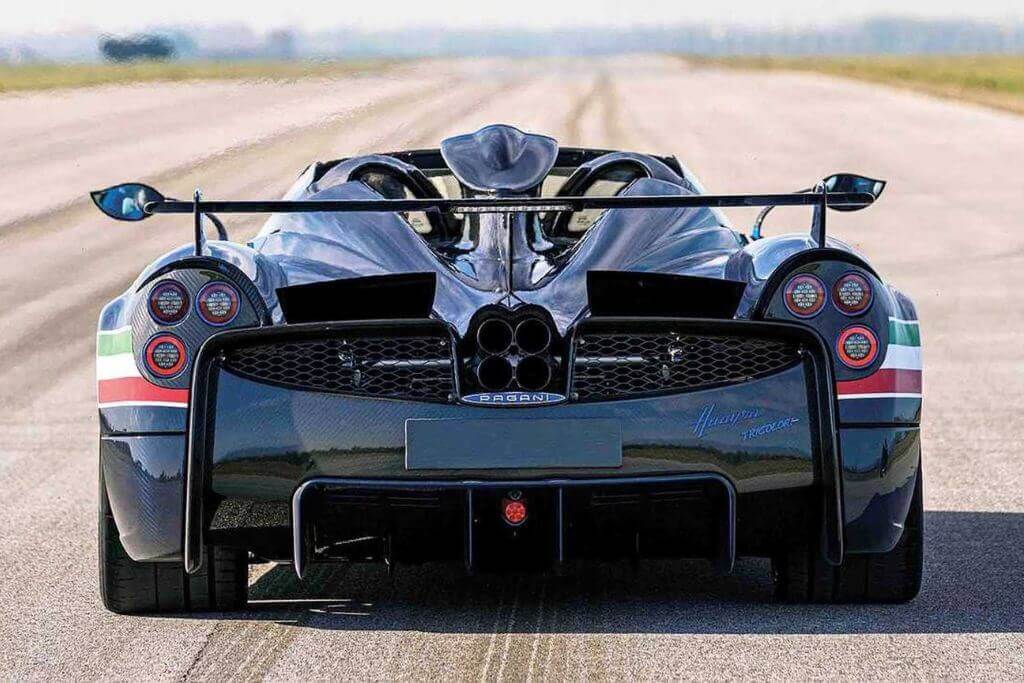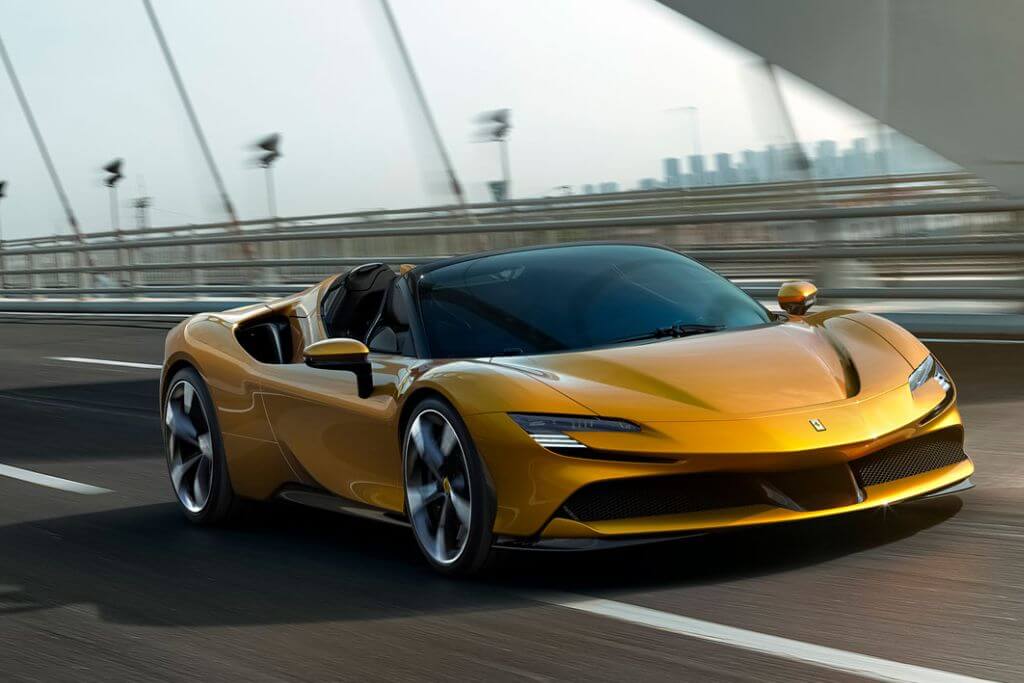Learn about the pros and cons of automatic gearboxes and find out how to choose the best one when buying a car.
Adverts
The automatic gearbox is an innovation that has transformed the way we drive, and its history is incredible. Before it, cars used manual gearboxes, where drivers had to change gears manually.
The need for easier and more accessible driving drove the development of the automatic gearbox.
General Motors launched the first successful automatic gearbox, the "Hydra-Matic," in 1939. It allowed automatic shifting without manual intervention. Although its initial acceptance was modest, over the following decades the automatic gearbox gained in popularity.
Adverts
During the 1950s and 1960s, several car manufacturers adopted automatic gearboxes, significantly changing the automotive market.
Technology has evolved, bringing improvements in efficiency and performance, increasing acceptance among consumers.
Advances in electronics and control have resulted in more efficient automatic transmissions. In the 21st century, they have adapted to the demands of efficiency and comfort, with continuously variable transmissions (CVT) and dual-clutch technologies.
Nowadays, most modern cars have automatic gearboxes, favoured by many drivers for their convenience.
From its pioneering introduction to recent models, the automatic gearbox has been an important milestone in the evolution of automotive technology, making driving more accessible and enjoyable.
There are two types of transmission on the market: automatic and manual. This article will cover the basic workings of each, along with the advantages and disadvantages, to help you choose the most suitable type for your next car.
Quick Index:
Automatic gearboxes
The automatic gearboxes offer a more simplified driving experience, as they don't require the driver to manually shift gears.
Instead, the automatic transmission system automatically manages gear changes based on the vehicle's speed and power demand. This feature is particularly appreciated in urban areas where traffic can be heavy, providing a more relaxed drive.
You might be interested:
- Receivables: how to claim on time
- All about the Winter Bono
- Get to know the Permanent Family Allowance
In addition, modern automatic transmissions often include features such as multi-speed transmission and sporty driving modes, allowing for more dynamic adaptation to driving conditions.
However, they can be less fuel-efficient than some manual gearboxes and can be more expensive to maintain.
The automatic gearbox has evolved considerably, competing efficiently with manuals in terms of extracting power from the engine. Its advantages include:
Advantages
Easy to drive: They are easier to use on a daily basis, especially in heavy traffic in big cities.
Less stressful: They offer greater comfort in stop-and-go traffic.
Fuel efficiency: Modern models can be more efficient in terms of consumption.
Disadvantages
Cost: They are generally more expensive, especially in Brazil.
Less Reactive: They can be considered less responsive, especially on winding roads.
Manual gearboxes
Manual gearboxes require the driver to shift gears manually, offering greater control over the transmission of power. This is especially appreciated by car enthusiasts, as it allows for more engaging driving and the possibility of optimising performance in certain situations.
Manual gearboxes are often praised for their mechanical simplicity and lower maintenance costs compared to automatics. However, in urban environments and in heavy traffic, the need to change gears manually can become a challenging and tiring factor for some drivers.
Manual gearboxes have also evolved, with more precise engagement and smoother clutches. Features include:
Advantages
More Control: They provide greater control over the vehicle, especially when cornering.
Generally cheaper: They tend to be more affordable, although the gap has narrowed.
Disadvantages
Skill required: It requires more skill and attention from the driver.
Stress in Stop-and-Go Traffic: They can be more stressful in heavy traffic situations.
Choice considerations
- Easy to drive: If you prefer practicality, especially in cities with heavy traffic, an automatic might be more suitable.
- Stress level: For stop-and-go traffic, an automatic may be more comfortable.
- Fuel efficiency: Today, the differences are minimal.
- Cost: Automatics tend to be more expensive to maintain.
Conclusion
The choice between automatic and manual depends on your driving style and day-to-day life. Many prefer automatics for their practicality, while some enthusiasts still appreciate the interaction of a manual, especially in sports cars for occasional use.
You may be interested:
- Football on your mobile phone: best apps
- The 5 best online auction sites
- How to tell if an online auction site is reliable
Did you like this content? Share it with your loved ones and save it to your favourites for future reference.






